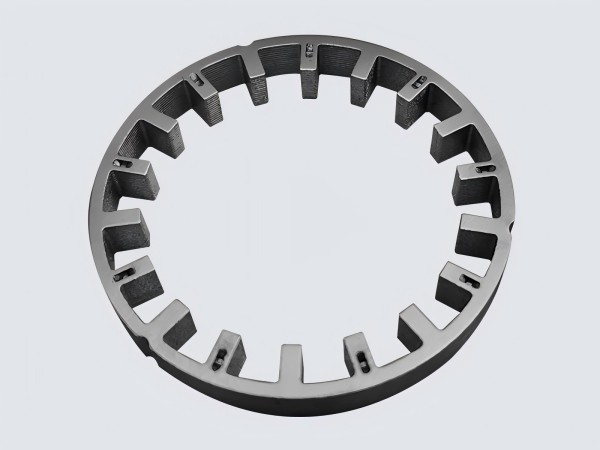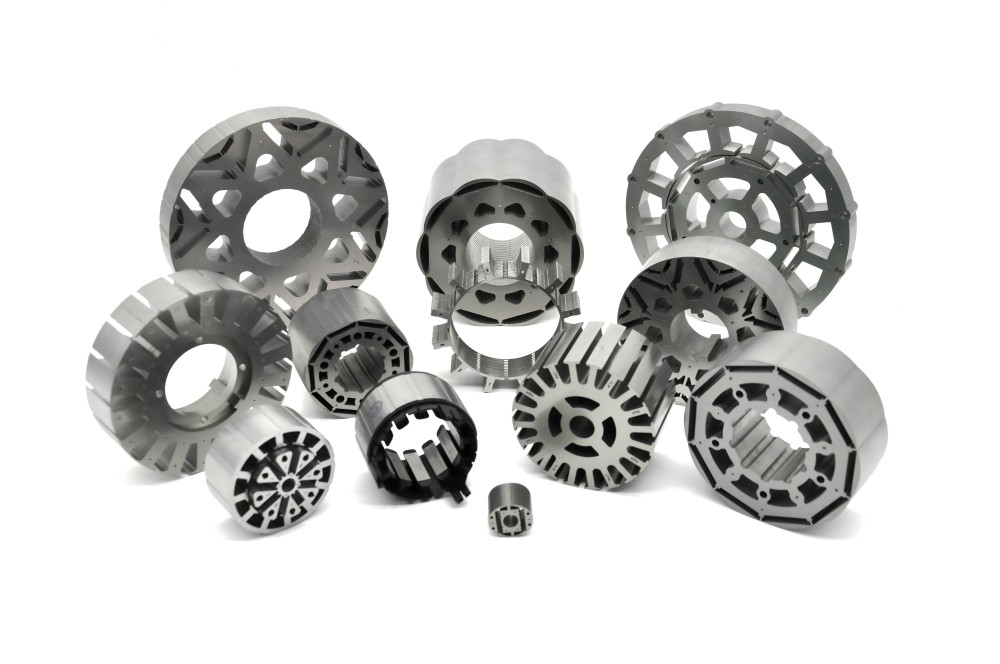Stepper motors are crucial in systems like robotics, 3D printers, and automation, as they move in discrete steps for precise control of position and speed. However, they can face performance issues, one of which is core saturation.
This problem can affect the motor’s efficiency, reliability, and lifespan. Understanding its causes and prevention is important for designers and engineers to optimize motor performance.
What Is Stepper Motor Core Saturation?
When the magnetic field in the stepper motor’s stator surpasses the limit of the material, core saturation occurs. The stator, made of ferromagnetic material, creates the magnetic fields that control the motor. When the field becomes too strong, the material can’t magnetize more, reducing the motor’s torque.
Saturation lowers the stepper motor’s efficiency, increasing power use, and heat, and possibly causing the motor to stall. Under these conditions, the motor may behave erratically, with missed steps or vibrations, damaging both the motor and the system.

Causes of Core Saturation
Several factors contribute to stepper motor core saturation, each stemming from the motor’s operating conditions, design, and external influences. Below are the primary causes:
1. High Drive Current
One of the most significant causes of core saturation is excessive drive current. Stepper motors are intended to run in a particular current range. When the drive current exceeds the motor’s rated value, the magnetic field generated by the stator becomes too strong. This causes core saturation, particularly when the motor is running at high speeds or with a lot of loads.
Motor drivers are designed to regulate current, but improper settings or malfunctioning drivers can lead to an overcurrent situation. High drive current can also arise if the stepper motor is being asked to operate beyond its rated torque, resulting in core saturation.
2. Inadequate Motor Design
The design of the motor’s stator and core material plays a critical role in preventing saturation. Stepper motors are often optimized for specific applications, with the core material chosen for its magnetic properties. However, in certain cases, an inadequately designed motor might use a core material that is prone to saturation under high magnetic flux.
Furthermore, the shape and size of the stator can influence how effectively the magnetic flux is distributed. A poorly designed stator that does not evenly distribute the magnetic field may experience local saturation in certain regions of the core.
3. High Stepper Motor Speed
Another contributing factor to core saturation is the motor’s speed. Stepper motors are typically designed for low to moderate speeds, and at higher speeds, they tend to experience a phenomenon known as “back EMF” (electromotive force).
Back EMF is a voltage generated by the rotation of the motor, which opposes the input voltage and reduces the current available to the motor. When the motor speed exceeds its designed operating limits, the back EMF can cause the current to spike, increasing the likelihood of core saturation.
4. Insufficient Voltage Supply
An inadequate voltage supply can also exacerbate core saturation. If the voltage provided to the motor is too low, the current supplied may not be sufficient to generate the required magnetic field, causing the motor to draw more current than needed. This overcurrent condition can lead to saturation in the motor core, especially when operating at higher loads or speeds.
5. Overload Conditions
When the motor is subjected to excessive load, the torque required to drive the load increases, causing the motor to work harder. This additional load can cause the motor to draw more current, leading to core saturation. Overload conditions can be temporary, but if they persist, they can result in long-term damage to the motor’s core, reducing its lifespan and performance.
Symptoms of Core Saturation
Recognizing the symptoms of core saturation is crucial for taking corrective action. Some common indicators include:
- Motor Stalling: When a motor is saturated, it may fail to rotate or struggle to maintain its position. This is most apparent when the motor is attempting to accelerate or is under strain.
- Excessive Heat: The motor becomes inefficient due to saturation, which produces excessive heat. The motor’s windings and driver circuit may become overheated, leading to potential damage.
- Vibration: A saturated core may cause uneven torque output, leading to motor vibration. This is particularly problematic in precision applications where smooth operation is critical.
- Power Consumption Spikes: A saturated motor will often draw more power than necessary to operate, resulting in higher energy consumption.
- Erratic Step Movement: When the motor core is saturated, the stepper motor may lose steps or experience missed steps, leading to an unstable performance in position-controlled applications.
Prevention Strategies
Fortunately, there are several strategies that engineers can implement to prevent core saturation in stepper motors. By focusing on proper motor design, configuration, and operational conditions, core saturation can be mitigated or avoided entirely.
1. Proper Motor Selection
Choosing the right stepper motor for a given application is one of the most effective ways to prevent core saturation. The motor should be selected based on factors such as torque requirements, operating speed, and load conditions. Using a motor with a higher torque rating can ensure that the motor operates within its designed parameters, reducing the likelihood of saturation.
2. Optimizing Current Settings
Stepper motor drivers typically come with adjustable current settings. It is crucial to make sure that the current limit is set to equal the rated current of the motor. Setting the current too high can lead to core saturation, while setting it too low may result in inadequate torque output. Some modern motor drivers incorporate current limiting features that help maintain optimal current levels.
Additionally, using drivers with advanced features like micro stepping can reduce the impact of saturation. Microstepping divides each step into smaller increments, distributing the load more evenly across the stator and reducing the likelihood of core saturation.
3. Maintaining Correct Operating Conditions
Operating a stepper motor within its specified speed and load range is essential to avoid core saturation. High-speed operations, especially in conjunction with heavy loads, should be minimized or avoided. Additionally, overloading the motor beyond its rated torque should be strictly avoided to prevent excessive current draw and saturation.
4. Upgrading Core Material and Design
The material used for the motor’s stator and rotor plays a crucial role in its resistance to saturation. For applications where high magnetic flux is expected, using high-quality magnetic core materials with higher saturation thresholds can help prevent core saturation. Improved stator designs that provide more uniform flux distribution can also reduce the risk of localized saturation.
5. Using Higher Voltage Power Supplies
In some applications, providing a higher voltage to the motor can help mitigate core saturation by allowing the current to remain within optimal levels during operation. However, care must be taken to ensure that the power supply is not overly high, as this could lead to other issues like excessive heat generation.
6. Incorporating Feedback Systems
For applications that demand high precision and reliability, incorporating a feedback control system can help monitor motor performance in real time. Feedback systems can detect when a motor is operating outside of its ideal conditions and automatically adjust the current or speed to prevent core saturation.
Conclusion
Core saturation is a major issue for stepper motors, but it can be prevented with proper strategies. By selecting the right motor, setting the correct current, optimizing operating conditions, and using quality materials, engineers can keep stepper motors running efficiently.



